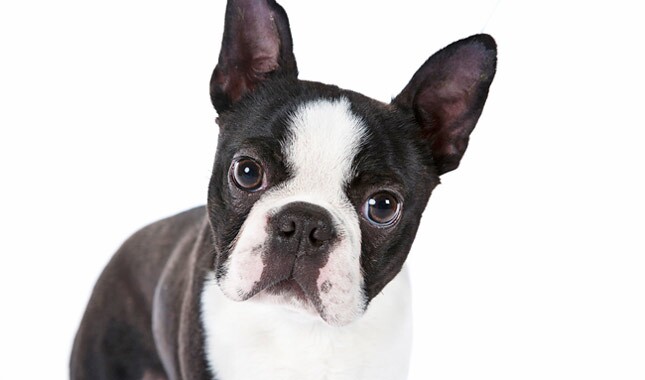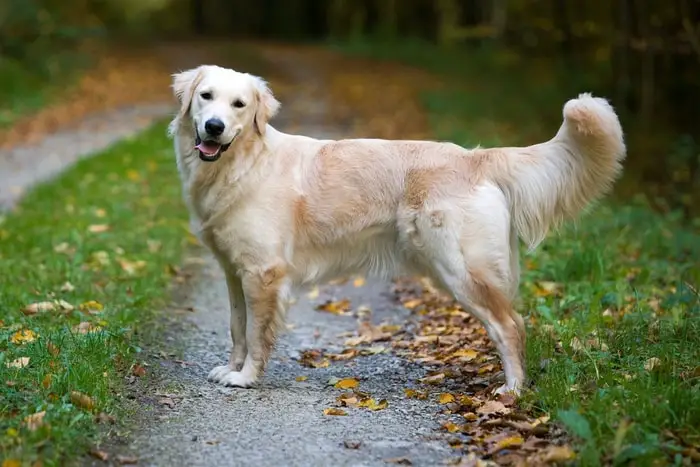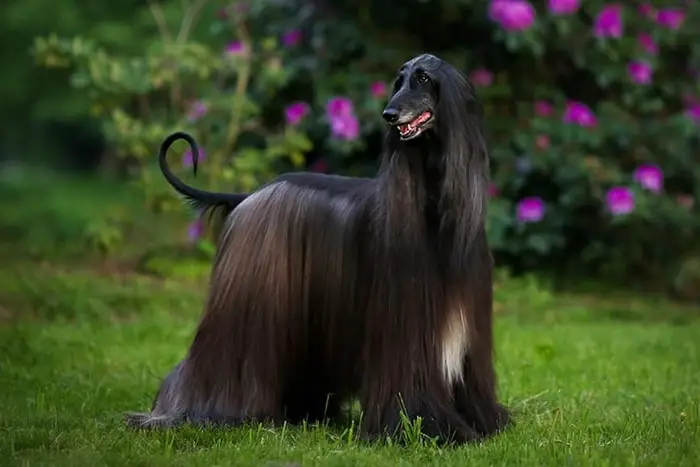Identifying a dog by its head involves looking at several key features, including the shape of the head, the size and shape of the ears, the eyes, the muzzle, and the overall expression. Here are some steps to help identify a dog by its head:
- Brachycephalic: Short, broad skull with a flat face (e.g., Pug, Bulldog).
- Mesocephalic: Medium-length skull, proportionate (e.g., Labrador Retriever, Beagle).
- Dolichocephalic: Long, narrow skull (e.g., Greyhound, Borzoi).
Common Types of Dog Head
Dog head shapes can vary significantly depending on the breed, and these shapes are often categorized into three main types: brachycephalic, mesocephalic, and dolichocephalic. Here’s a breakdown of each type:
1. Brachycephalic
- Description: Dogs with short, broad skulls. They have a flat face with a shorter nose and a broader skull.
- Characteristics: These dogs often have a distinctive “pushed-in” appearance to their face. They might experience breathing issues due to their shortened nasal passages.
- Examples: Bulldogs, Pugs, Boxers, Shih Tzus, and Boston Terriers.
2. Mesocephalic
- Description: Mesocephalic dogs have a medium-length skull. Their heads are proportionate, meaning the length and width are balanced and in harmony with the rest of their body. Characteristics: This is the most common head type and is considered the standard for many breeds. These dogs generally do not experience the extreme issues associated with the other two types.
- Examples: Labrador Retrievers, Beagles, German Shepherds, and Golden Retrievers.
3. Dolichocephalic
- Description: Dogs with long, narrow skulls. They have an elongated face with a long nose and a narrower skull.
- Characteristics: Due to their elongated faces and long noses, dolichocephalic dogs are often known for their keen sense of smell. They are typically good at tasks requiring this sense, such as tracking. Examples: greyhounds, Whippets, Afghan Hounds, and Borzois.
Final Talk on Dog Head
Each dog head shape is not just a unique feature, but also a crucial adaptation to the specific needs and environments the breeds have historically associated with. Understanding a dog’s head shape can help you appreciate its appearance, anticipate potential health issues, and ensure its overall well-being.


